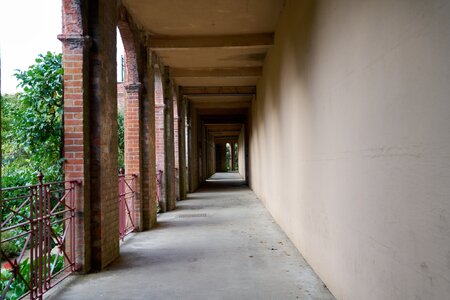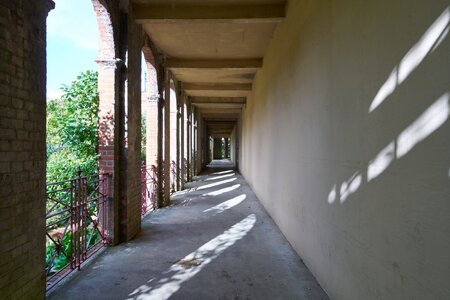Greetings all.
I am very green as far as digital photography is concerned and as you can imagine I have a (few) questions to ask.
Where is the best place in this forum to ask beginners questions, is there a separate area for that?
Best regards
-Mario
I am very green as far as digital photography is concerned and as you can imagine I have a (few) questions to ask.
Where is the best place in this forum to ask beginners questions, is there a separate area for that?
Best regards
-Mario


